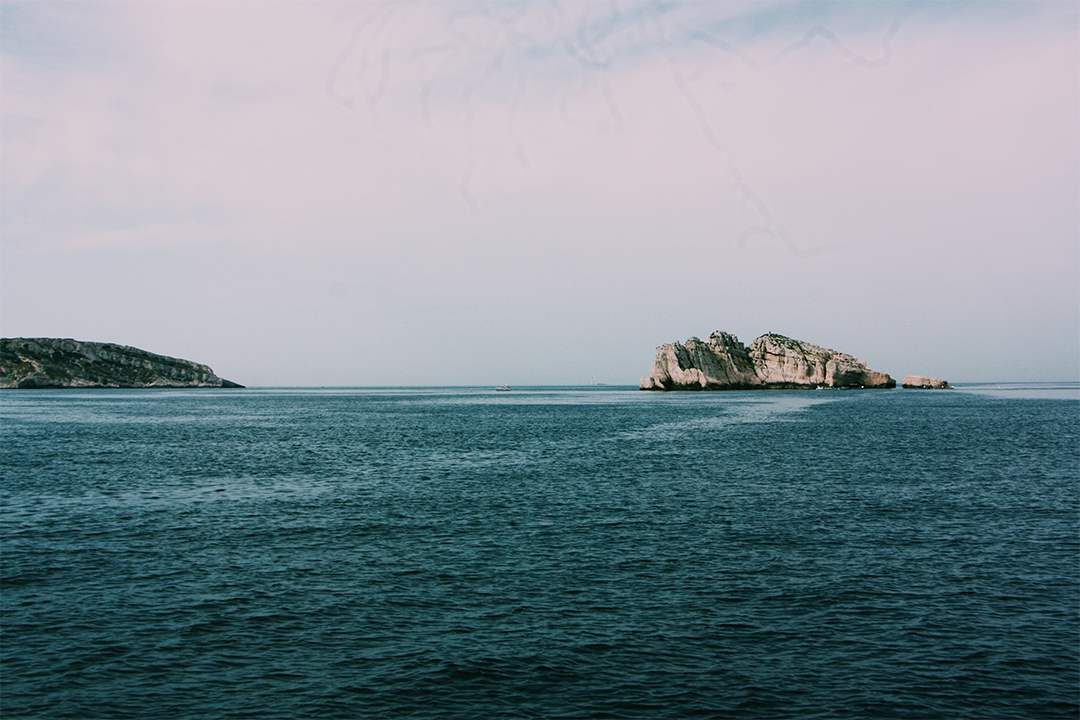Every time I am invited to speak, I have the opportunity to revisit my thinking about an aspect of improving the human relationship with the ocean. Likewise, as I confer with colleagues at gatherings such as the recent Africa Blue Economy Forum in Tunis, I get new ideas or new energy from their perspectives on these issues. Recently those thoughts have centered on abundance, inspired in part by a recent talk given by Alexandra Cousteau in Mexico City where we were on an environment panel together at the National Industrialists Convention.
The global ocean is 71% of the planet and growing. That expansion is just one more addition to the list of threats to the ocean—the inundation of human communities just increases the pollution burden —and threats to achieving a true blue economy. We need to be focused on abundance, not extraction.
Why not frame our management decisions around the idea that to achieve abundance, ocean life needs space?
We know we need to restore healthy coastal and marine ecosystems, reduce pollution and support sustainable fisheries. Well-defined, fully-enforced, and thus effective marine protected areas (MPAs) create space to restore the abundance needed to support a sustainable blue economy, a positive sub-set of all ocean-dependent economic activities. There is momentum behind expanding the blue economy, where we increase the human activities that are good for the ocean, reduce the activities that harm the ocean, and thus increase abundance. As such, we become better stewards of our life support system.

Part of the momentum was generated by the establishment of UN Sustainable Development Goal 14 to “conserve and sustainably use the oceans, seas and marine resources for sustainable development.” At its core a fully realized SDG 14 would mean a fully implemented pro-ocean, blue economy with all the benefits that would thus accrue to coastal nations and to all of us. Such a goal may be aspirational, and yet, it can and should begin with a push for strong MPAs—the perfect frame for all of our efforts to ensure healthy coastal economies for future generations.
MPAs already exist. We need more, of course, to assure abundance has a place to grow. But better management of the ones we have will make a big difference. Such efforts can provide long term protection for blue carbon restoration and mitigation of both ocean acidification (OA) and climate disruption.
A heathy successful MPA requires clean water, clean air, and well-enforced management of allowable and illegal activities. Decisions made about activities in nearby waters and on shore must consider the air and water that flows to the MPA. Thus, the MPA lens can frame coastal development permits, solid waste management, the use (or not) of chemical fertilizers and pesticides, and even underpin our restoration activities that help reduce sedimentation, increase storm surge protection, and of course address some ocean acidification issues locally. Lush mangroves, broad seagrass meadows, and thriving corals are hallmarks of the abundance that benefits everyone.

Monitoring of OA will tell us where such mitigation is a priority. It will also tell us where to do OA adaptation for shellfish farms and related activities. In addition, where restoration projects revive, expand or increase the health of seagrass meadows, salt marsh estuaries, and mangrove forests, they increase biomass and thus abundance and success of wild caught and farmed species that are part of our diets. And, of course, the projects themselves will create restoration and monitoring jobs. In turn, communities will see improved food security, stronger seafood and sea products economies, and alleviation of poverty. Similarly, these projects support the tourism economy, which thrives on the kind of abundance we envision—and which can be managed to support abundance along our coasts and in our ocean.
In short, we need this new, pro-abundance lens for governance, strategic priority and policy setting, and investment. Policies that support clean, protected MPAs also help ensure that biomass abundance stays ahead of population growth, so that there can be a sustainable blue economy that supports future generations. Our legacy is their future.







